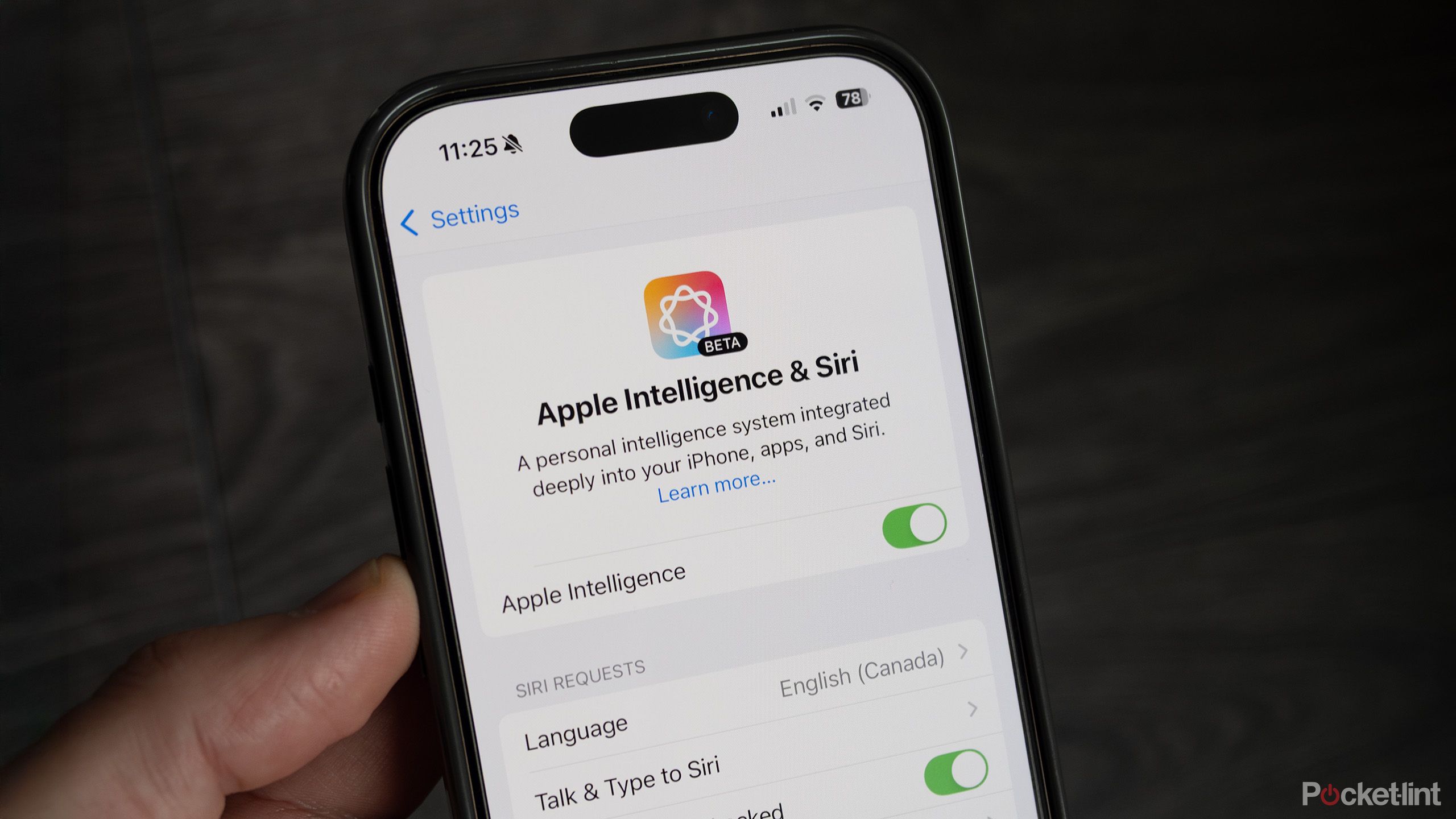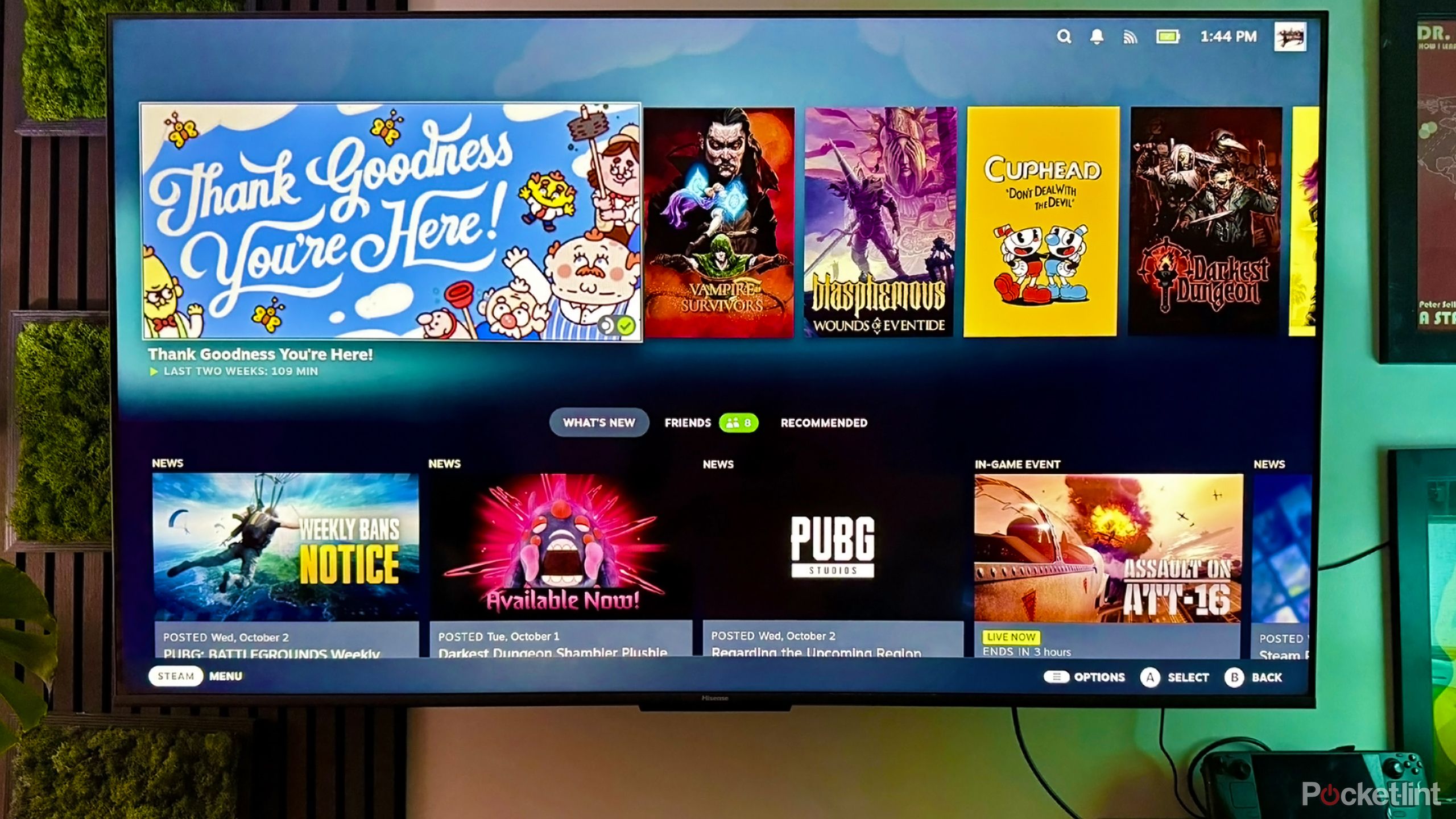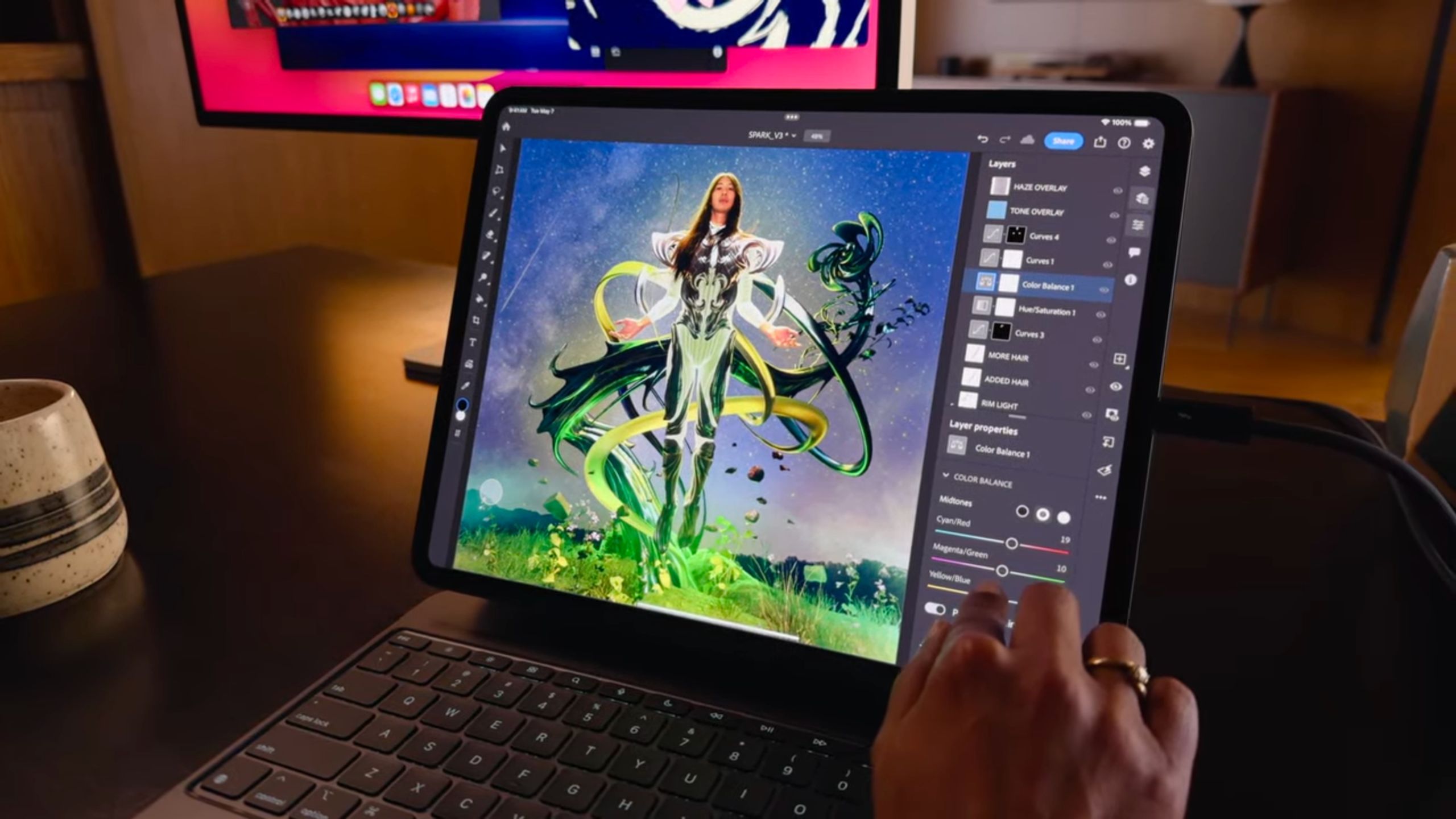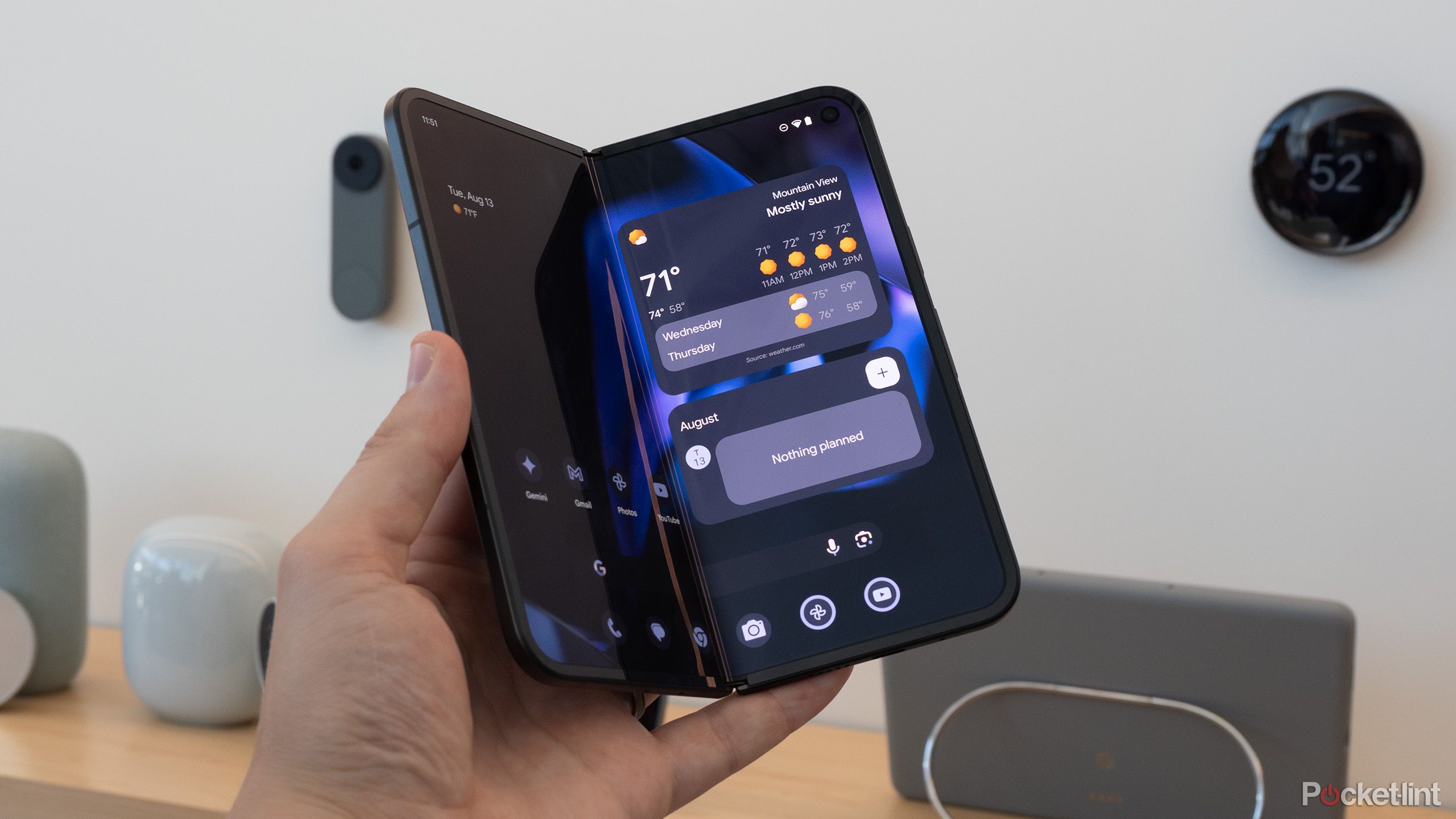Summary
- Fall’s iOS 19 may bring an iPhone USB-C screen extension, improving productivity without full desktop mode.
- Speculation hints at iPad app compatibility, multiple windows, and potential workflow enhancements.
- Apple’s ecosystem may shift with future iPhone capabilities, leading to less need for Macs and iPads.
Apple rumors should always be taken with a grain of salt, especially if they’re coming a long way ahead of a finished product. But a new and tantalizing one is that this fall’s
iOS 19
will allow iPhones with
USB-C
ports to push content to an external display, a la the
Stage Manager
feature available on
iPads
with M-series chips. This won’t be “a full desktop mode,” Majin Bu explains, but should let people extend their screen space in a way that’s more practical for tasks like editing and presentations. If nothing else, it should give content like photos and videos a much larger canvas.
Okay, that may not sound all that tantalizing at first. Yet it could mark an important step forward, not just for professionals, but for Apple’s overall plans for its ecosystem, with ramifications for what that ecosystem could look like several years from now. Apple is quite a fan of laying down frameworks before anyone realizes their full significance.
Related
Will the iPad still have a future after the foldable iPhone?
Probably, but Apple’s product lineup could undergo some seismic shifts.
The do-it-all machine?
The direct benefits of Apple’s plans
Apple
Most immediately, the feature could solve a long-standing gripe I and many other people have had with the iPhone, sometimes without consciously realizing it — if you want to get “real” work done, there’s just not enough app real estate. If you gave me an iPhone 16 Pro Max connected to a mouse, keyboard, and mirrored external display, I’d still have trouble with writing work, because I’d barely have enough interface room for a paragraph or two in an app like Pages or
Google Docs
. Browsing research material or Pocket-lint’s publishing interface would be difficult, at best, and I can’t imagine trying to do serious video or spreadsheet editing.
No one is managing the books for a major corporation with an iPhone.
Now, we don’t yet know if this Stage Manager-like interface will enable multiple windows, which the iPhone hasn’t supported so far despite many Android phones offering the feature for years. It might not, given the rumor that Apple isn’t building a
DeX-like
desktop mode. Simply giving apps more breathing room would, however, make the iPhone a more viable productivity tool beyond answering emails and chat messages. Multiple windows would mean I could get by on my iPhone alone in some circumstances.
Giving apps more breathing room would make the iPhone a more viable productivity tool beyond answering emails and chat messages.
Speculating, there is the chance that Apple could let us run the iPad versions of apps, whether in iOS 19 or some later release. That would potentially be a game-changer, although you’d presumably be limited to apps that also include an iPhone binary — there’s no iPhone version of Final Cut, for instance, and people would rightly be disappointed if they bought something on the iPhone App Store that could only be used hooked up to a monitor or TV.
An interesting question is what kind of processing power all of this will take. As I mentioned, you can’t push iPadOS windows to external displays unless you’ve got an M-series iPad — my 2020 iPad Pro, with an A12Z chip, can only ever run Stage Manager windows on-device, at best mirroring them when hooked up to a monitor.
Apple demands an A17 Pro or better simply for Apple Intelligence, so there’s a distinct chance the new feature will require an A18 or A19 processor. That would be disappointing, but somewhat understandable given that M-series chips are typically leagues ahead of the A series, being meant for Macs as well as iPads. A-series chips have always been mobile-only.

Related
Apple’s credibility is on the line with this fall’s Siri revamp
It might be a do-or-die situation for trust in the company.
The hidden agenda
One of Apple’s many stepping stones
I suspect that one of Apple’s true incentives here is building the framework for its first
foldable iPhone
, expected to ship in 2026. For that, iOS does at least need to be able to push apps from one screen to another, and expand them to a size that takes advantage of a larger internal screen. In fact, this is probably a strong case for iOS 19 supporting multiple windows, since the whole point of a tablet-style foldable is multitasking. It doesn’t make much sense to spend upwards of $1,800 on a folding phone simply to get a better view of Chrome or YouTube. Apple could choose to wait until iOS 20 is released, but one way or another, multiple windows are coming.
Apple also appears to be building towards more cohesion in its platforms, with this fall’s versions of iOS, iPadOS, and macOS all expected to adopt a common look based on visionOS for the
Vision Pro
. Cohesion typically means breaking down arbitrary barriers, which are particularly evident in the case of iOS and iPadOS. The two operating systems are intertwined, so it’s purely a design decision that iPads can handle multiple windows while iPhones can’t. I’d expect iOS to become even more powerful over time, even if iPads retain extra features based on having more horsepower and larger built-in displays.
I wouldn’t be surprised if iOS does get some sort of desktop mode eventually.
Indeed, I wouldn’t be surprised if iOS does get some sort of desktop mode eventually. That’s already an advantage of Apple’s chief rival, Samsung, and the tech industry in general is migrating towards giving handheld devices as much flexibility as laptop and desktop PCs. Consider Valve’s
Steam Deck
— while I almost always leave my Deck in its gaming mode, there’s a Linux-based Desktop mode that some people use as the foundation of a complete workstation. It’s even easier to do that with Windows-based handhelds like the
ASUS ROG Ally X
. With similar abilities, an iPhone could become indispensable for some users, potentially even their only computing device.

Related
How to turn a Steam Deck into a TV gaming console
You can play PC games on your TV without buying a desktop or laptop.
The shape of iPhones and iPads to come
Ramifications for Apple’s ecosystem
Assuming the company wants to push iPhone multitasking features as far as they’ll go, Apple’s ecosystem could look very different five years from now. If it’s possible to get most things done with an iPhone — whether with a folding display or a monitor — there might be less incentive to buy a Mac or iPad. Hypothetically, some iPad models could disappear, although it’s more likely Apple would retool them to emphasize their strengths. Even if it doesn’t, a $300-500 iPad is always going to be the cheaper option if you can make an 11-inch screen work.
In any event, I’m getting too far ahead of where things actually stand. We may, hopefully, learn more about Apple’s plans at its June 9 keynote for the
Worldwide Developers Conference
, but there’s also a chance we won’t — if a Stage Manager-style interface requires an A19 found only in the iPhone 17, we’ll probably have to wait until September for it to be unveiled. Apple often telegraphs where it’s going, but still doesn’t like to make it easy for competitors to catch up.

You might also like
Everything you need to know about PEVs, or personal electric vehicles
You can use PEVs to explore, run errands, or speed up your commute.
Trending Products

Sceptre Curved 24.5-inch Gaming Monitor up to...

SAMSUNG 34″ ViewFinity S50GC Collection...

Wi-fi Keyboard and Mouse Combo – Rii Co...

Logitech Media Combo MK200 Full-Size Keyboard...














